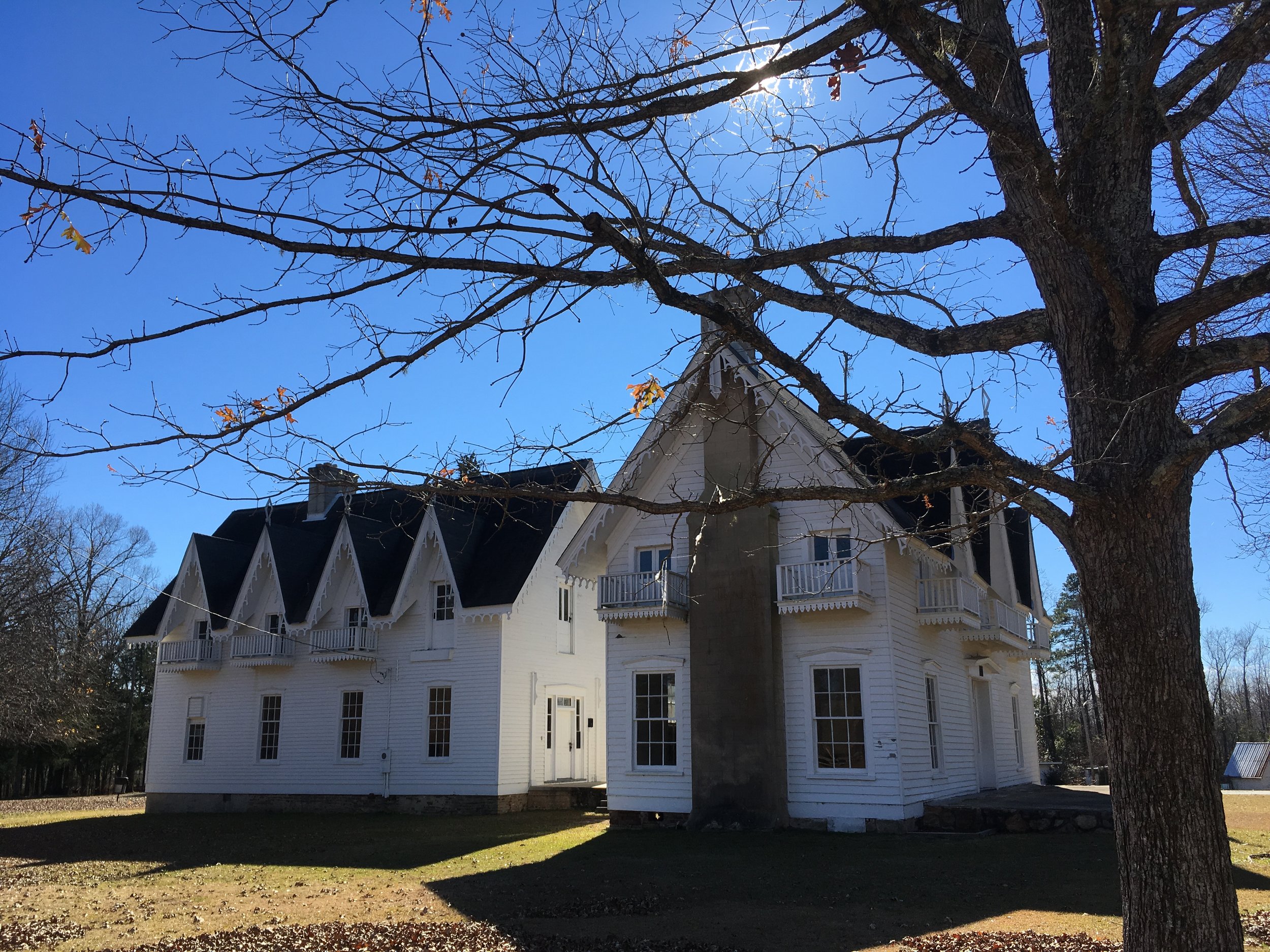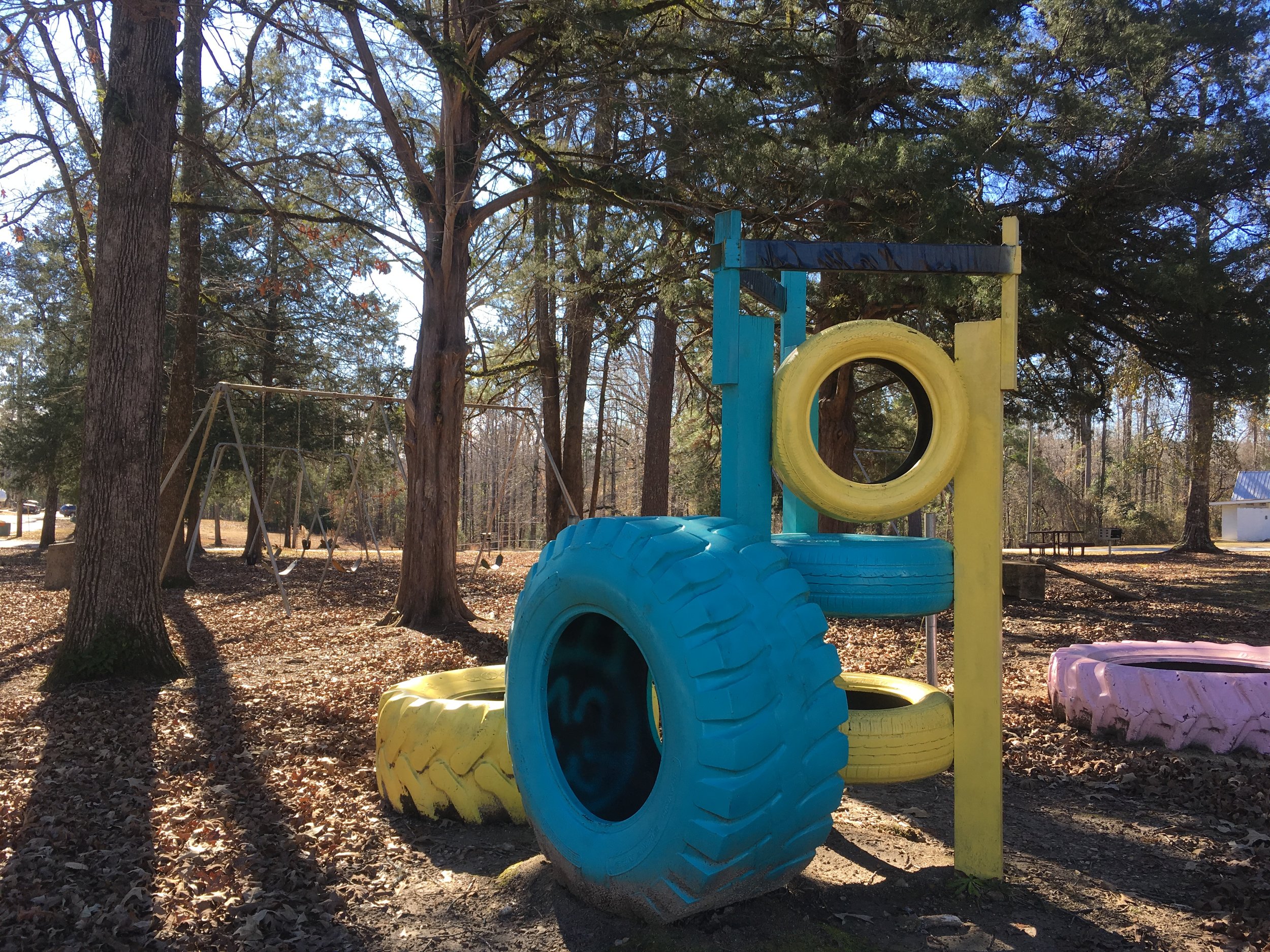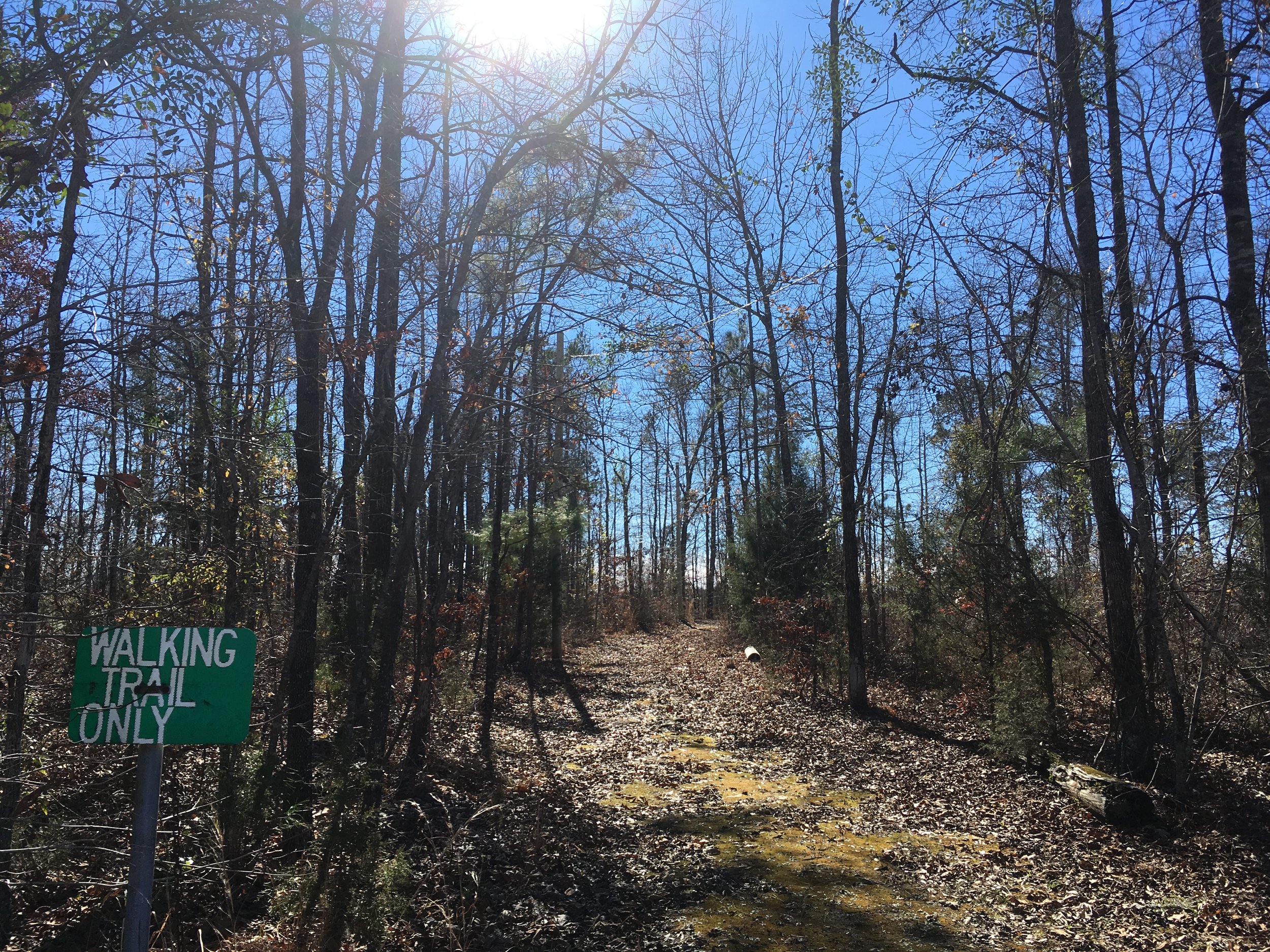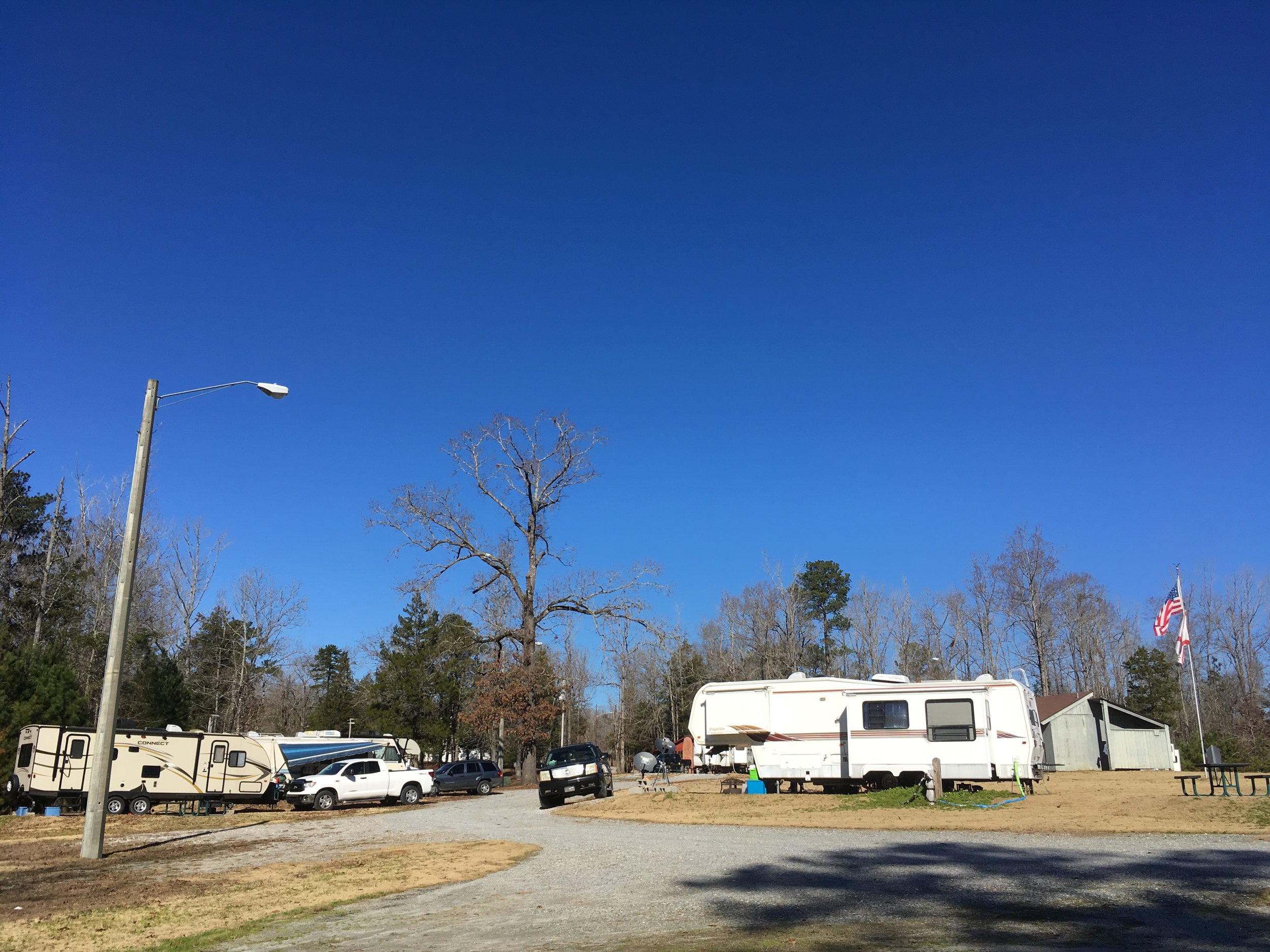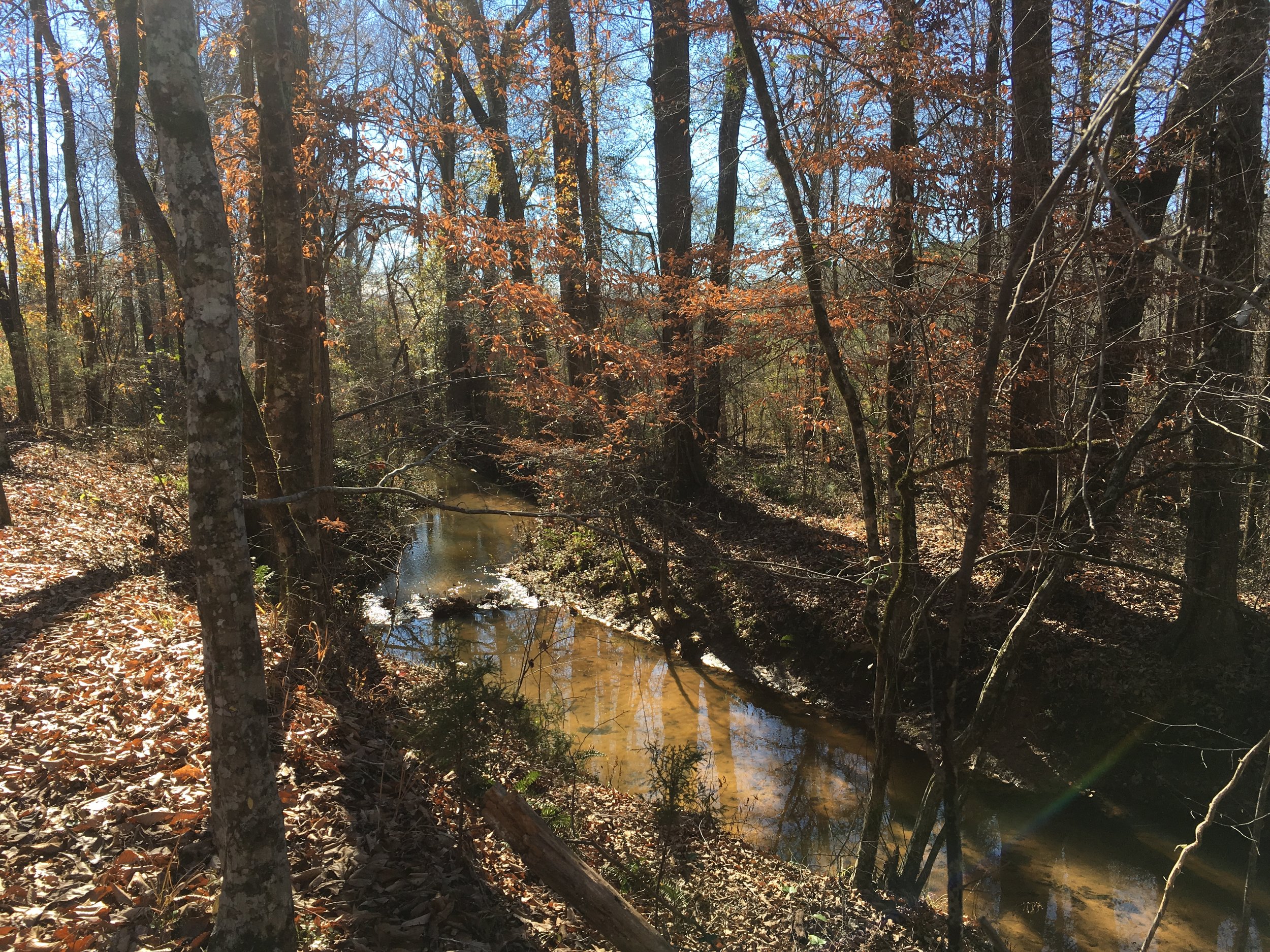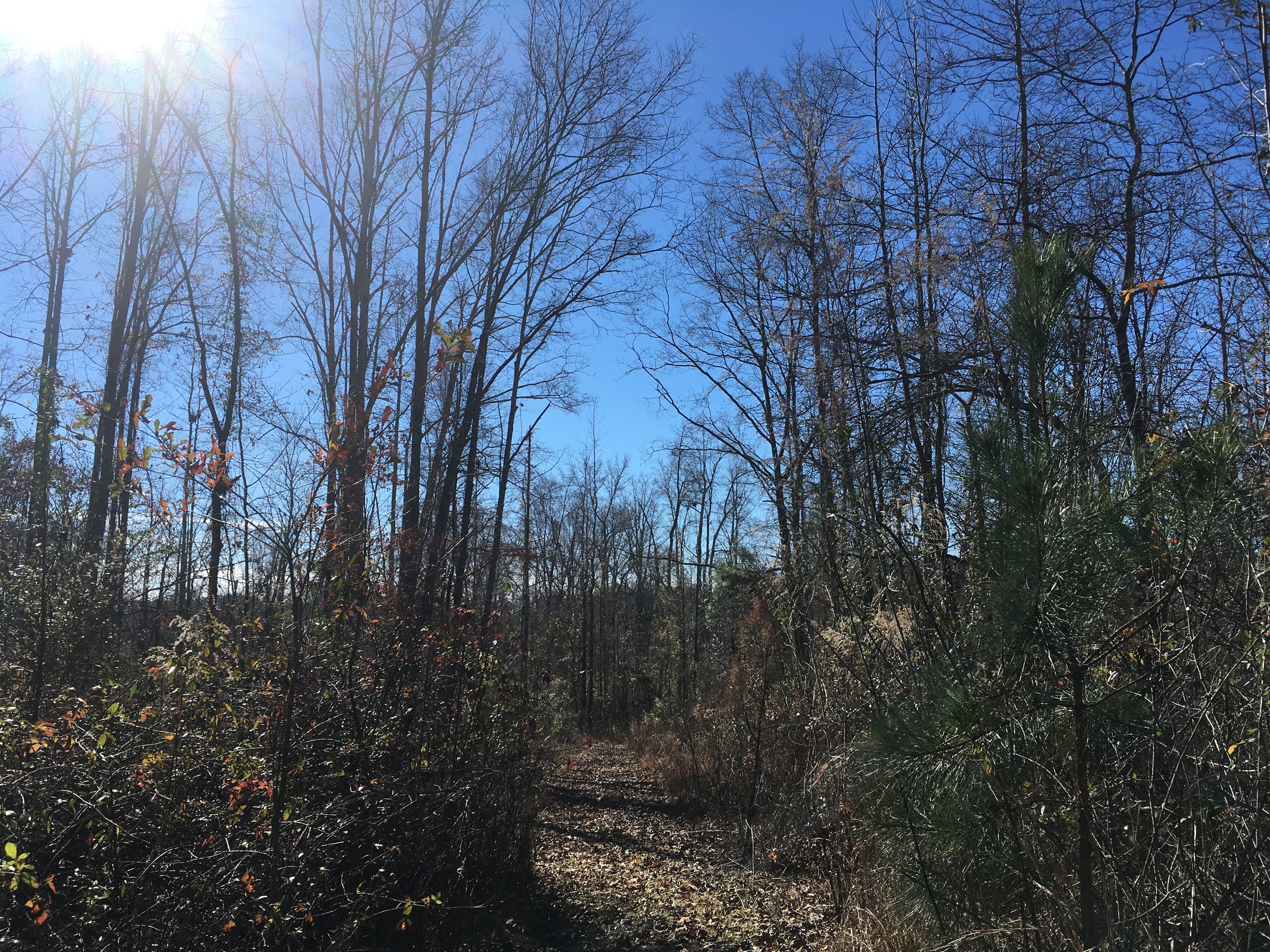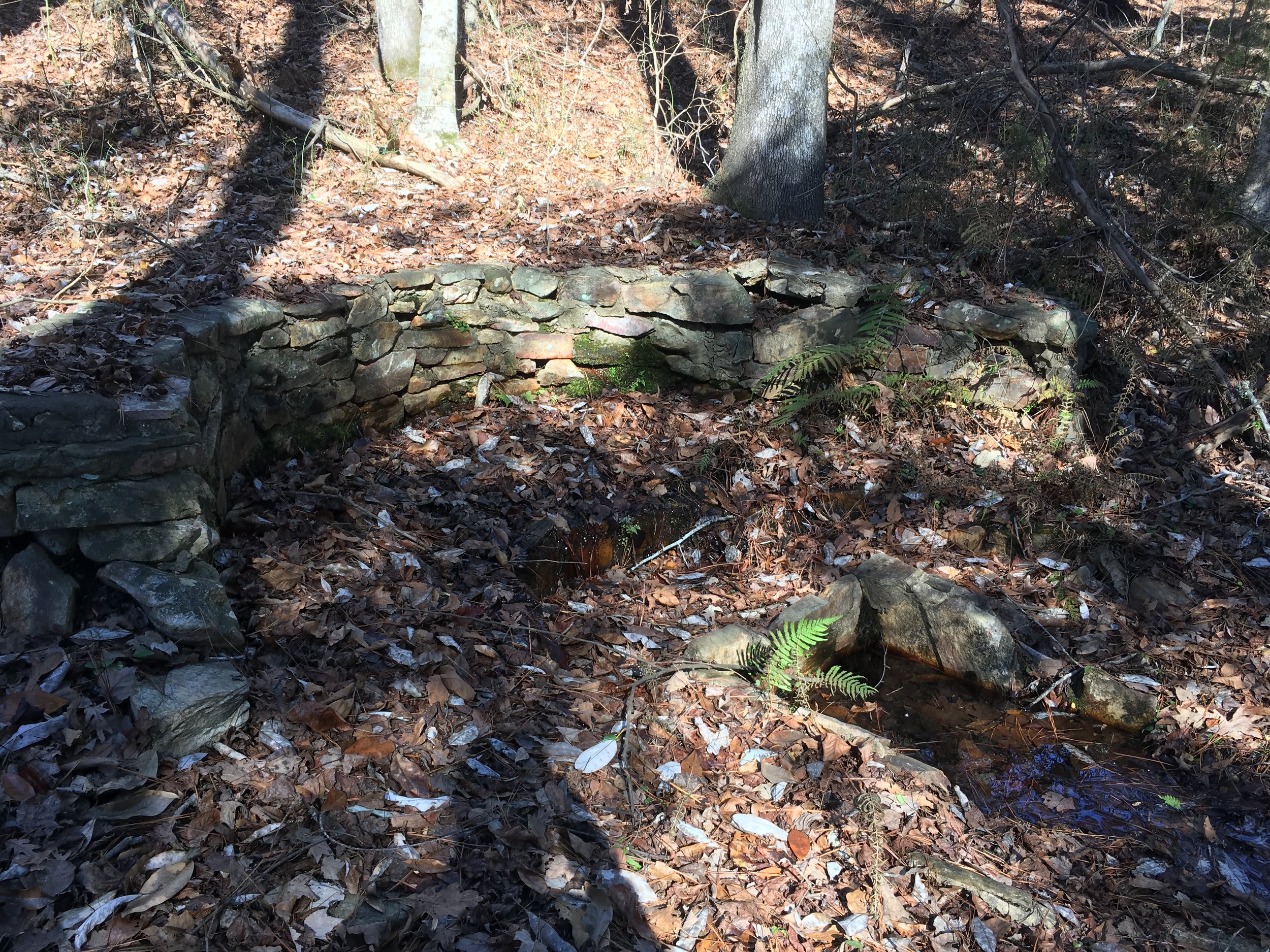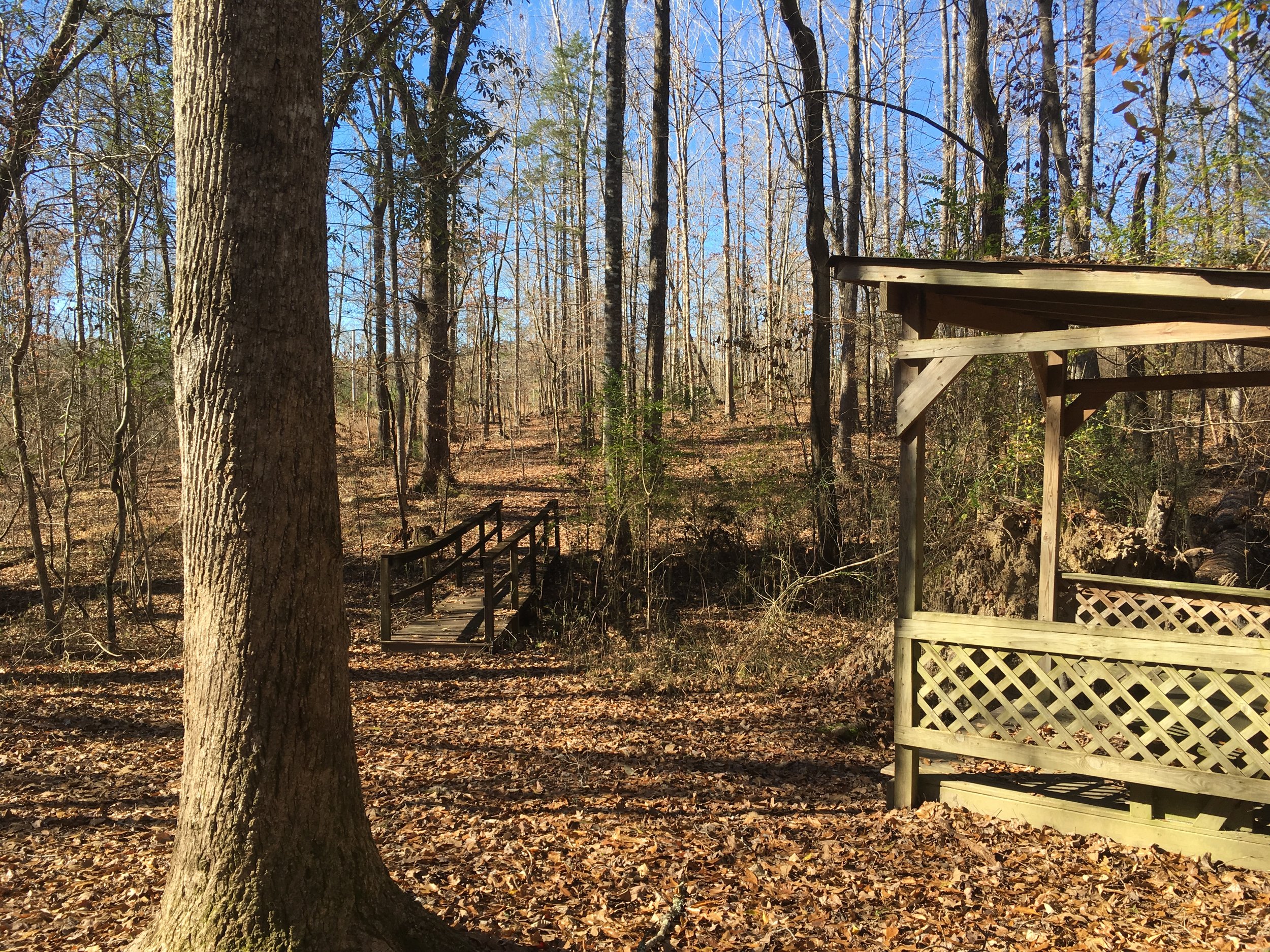Spring Villa Park
The Spring Villa plantation house was built around 1850 for Penn Yonge by Horace King, a freed slave and renowned bridge builder. King's former master was Yonge's father-in-law. The house was built on a 455-acre plantation. A 30-acre spring-fed lake was on the site. The lake was clear and had very cold water. It was stocked with tropical fish, and the grounds had weeping willows, orchids, and other rare plants. Yonge owned the nearby quarry and entertained frequently at the house and on the property. He would take guests in a glass-bottomed boat to an island on the lake.
This antebellum house is an example of the Gothic Revival style and was listed on the National Register of Historic Places in 1978. Only the western building is original. The second structure was added in 1934 by the federal Civil Works Administration. Originally, the two buildings were connected by a second-floor breezeway, but it rotted and was removed. There are some tales that the house is haunted.
The property was acquired by the City of Opelika in the late 1920's. The City used the many springs as a city water supply. The property supplied all of Opelika's water needs from 1927 until 1946. The property was last used as a public water supply in 1988. The lake and swimming pool are now dry because the aquifer was pumped, causing the springs to dry up. Sinkholes are common in the area as a result.
Nowadays, Spring Villa is also home to a campground and (across the street) a rentable lodge. The nature trails loop through the woods around the campground area.
Sources:
A History Of Spring Villa Park. January 8 2016. Opelika Observer. Accessed December 24 2018.
National Register of Historic Places Inventory – Nomination Form: Spring Villa. 1978. United States Department of the Interior. Accessed December 24 2018.
Spring Villa History. City of Opelika. Accessed December 24 2018.
Also known as: David A. Titus trail
Address: 1474 Lee Road 148, Opelika, AL 36804
Cost of admission: None
Governance: City of Opelika
Acres: 350
Approximate miles of trails: 1
Hours: Closes at sunset
Travel time from downtown Atlanta: 1 hour, 34 minutes
Parking: Parking is available in the park, near some of the trailheads
Trailhead(s): There are several trailheads near the campground, pavilion, and house
Trail surface: Gravel
Blazes/markings: None, but trails are wide. Trailheads are marked with green signs.
Geocaching: Yes, provided by Opelika Parks
Guidebook mentions: None
Amenities:
Rentable lodge
Restrooms
Volleyball court
Playground
Pavilion
Picnic tables and grills
Links:
For more photos, see my flickr album.


